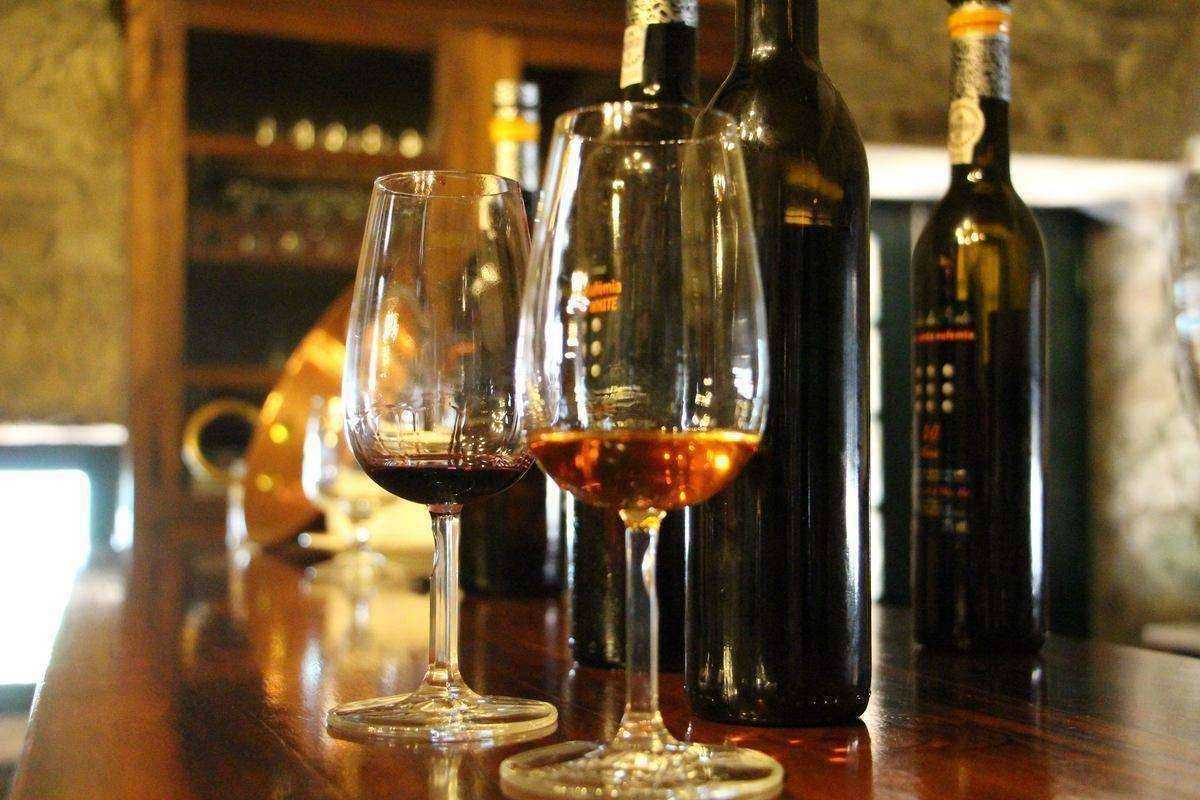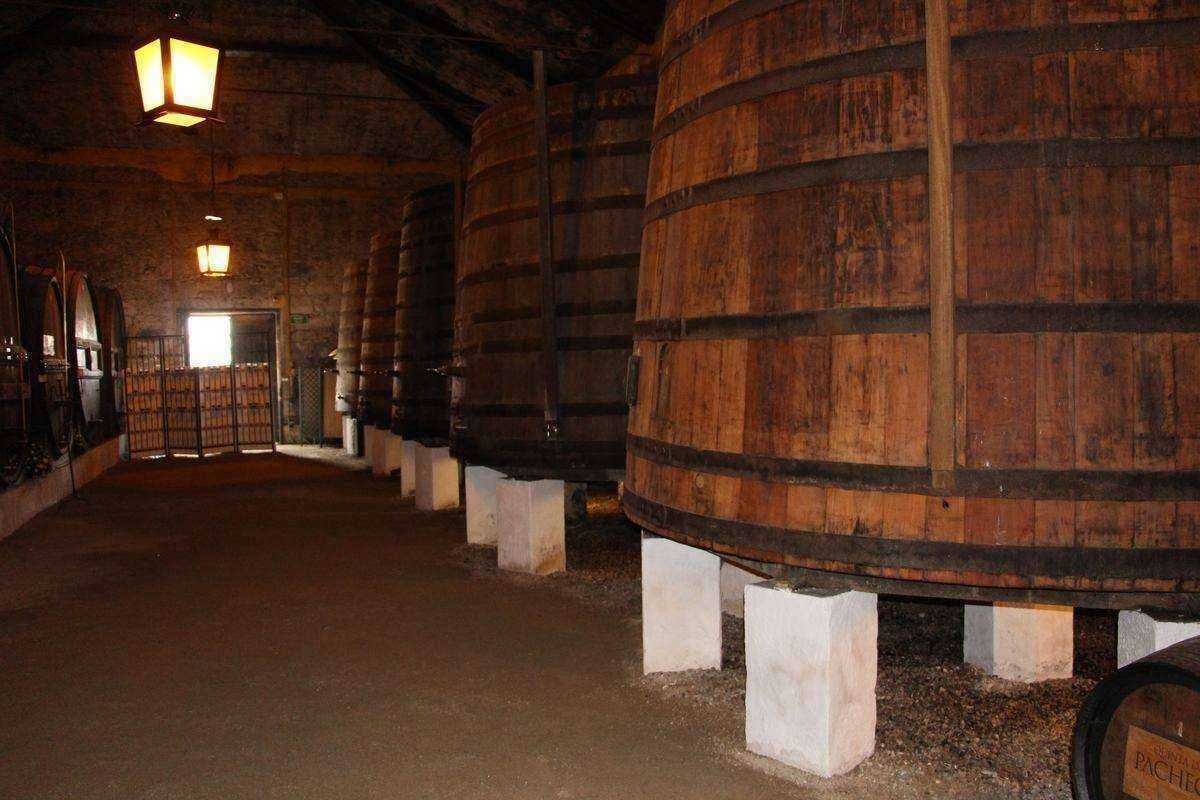The different Port wines
OXIDATIVE PORTS
Ports of the oxidative type are wines matured to maturity in contact with air and wood. They are assembled according to traditional know-how and a style specific to each producer.
Tawny Port
It is a blend of vintages matured for 5 years to 7 years. Sweet and caramel aromas.
Tawny Reserve Port
This port is aged for at least 6 years in oak barrels. Its maturation slightly blurs the intense aromas of fruit and reveals oxidative aromas of dried fruit.
Tawny Port with age indication
Tawny Ports with age indication (10, 20, 30, 40 years of age or more) are more complex and more concentrated. The age indicated is the approximate average of the ages of the Ports assembled after aging in oak barrels. The aromas evolve towards orange peel, nuts, coffee or chocolate.
Tawny Port Harvest
It is a vintage Tawny Port, the harvest coming from an exceptional year. It is aged at least for 7 years in oak barrels before bottling. The label shows the vintage and the date of bottling.
REDUCTIVE TYPE PORTS
Reductive Ports are wines that are matured with little or no contact with air. They highlight the fruit and the terroir on which they are produced.
Ruby Port
The aging generally lasts less than 3 years in barrels before it is bottled. Sweet and fruity wine. See also: how to serve a Ruby red Porto.
Ruby Reserve Port
The breeding lasted until 5 years. Its fruit aromas are more intense and more complex.
L.B.V Port (Late Bottled Vintage)
Made from a single great vintage and aged for 4 to 6 years in casks or in oak barrels before being bottled. Very sweet on the palate, with aromas of red and black fruits. More concentrated than Ruby.
Vintage Port
From a single exceptional vintage in one of the best vineyards. After aging for 2 years in oak barrels, the wine is bottled without filtration. Very rich in color, with tannins, fruit and acidity suitable for long aging. Powerful, racy, complex and deep wine. The bouquet is dominated by black fruits or forest fruits associated with the black grape Long-keeping wine, at least 15 years and up to more than a century. Note that it is the Port Wine Institute which declares a vintage vintage.
White Port
White Port wines come in different styles depending on their aging time and their sugar content, which depends on how they are made.
Rosé Port
Rosé-colored wine obtained through a mild maceration of red grapes and when oxidation phenomena do not occur during its conservation.
The vineyard's establishment area is demarcated, the plots are classified according to a qualitative hierarchy and the production standards are precise. For more than 2 centuries, Porto has been one of the greatest wines in the world.
The wine used for the production of Porto is harvested in the Haut Douro, in the northeast of Portugal. The Port comes from a vinification described as « fortified ». Very simply we add a proportion of brandy at 76 ° (in a proportion of 15 to 20%) halfway through the alcoholic fermentation The appellation Porto uses more than thirty native grape varieties, including Touriga nacional, touriga francesa, tinta barroca, tinta roriz, tinta amarela, tinto cão.
In the Haut Douro the vine occurs on hillsides with poor and arid soils, granite subsoils. The climate is rather hot with continental influences, very dry in summer and cold in winter. As a result, the grape berries remain small with a thick film, which results in very low yields for the vine. Given the organization of the terraced vineyard, the harvest is manual.
After the harvest, the grapes are destemmed, still very often crushed barefoot then poured into fermentation tanks for 2 or 3 days. Frequent pumping over extracts the color and tannins from the films. Vinification then starts in the same way as for traditional wines, but fermentation stops during the addition of brandy. By stopping the fermentation, the alcohol brought in will keep part of the sugars. This is why Port wines are both sweet and high in alcohol.
Port wines are then aged in casks (the largest contain up to 80,000 liters) or in barrels (550 liters). It is the length of the aging period that shapes the type of Port.



